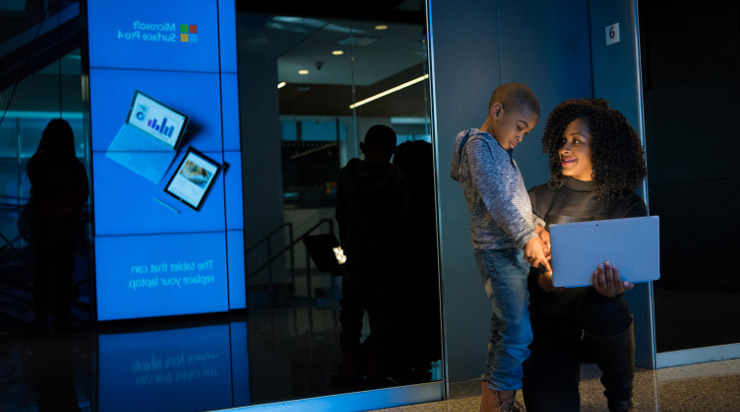In the ever-evolving world of digital marketing, content is still king. However, the process of creating fresh, engaging content has become more complex and demanding than ever before. With increasing competition, evolving consumer expectations, and algorithmic shifts, marketers are facing new challenges in standing out and keeping audiences engaged. Let’s dive into why creating compelling content is becoming more difficult in today’s digital landscape and explore ways to overcome these challenges.
- Audiences are bombarded with content, making it harder for your message to stand out.
- Similar topics are covered repeatedly, leaving little room for originality.
- Niche markets are becoming crowded, increasing competition for visibility.
- Audiences demand personalized, value-driven content rather than generic information.
- Visual content like videos, infographics, and interactive media is now preferred over text-heavy formats.
- Trends and interests shift rapidly, requiring constant adaptation.
- Platforms like Instagram, Facebook, and Google prioritize engagement metrics, such as likes, shares, and dwell time.
- Organic reach has declined, making it harder for content to gain traction without paid promotion.
- Predicting algorithmic changes and optimizing content accordingly is complex.
- High-quality production (e.g., professional videos or graphics) often requires significant resources.
- Maintaining quality while producing content at scale is challenging.
- Balancing creativity with technical accuracy (SEO, readability, etc.) can be time-consuming.

- Overexposure to similar themes or messages leads to audience disengagement.
- Balancing promotional content with value-driven material is tricky.
- Audiences may tune out if they feel content is predictable or uninspired.
- Keeping up with new technologies requires investment and expertise.
- Integrating tech-driven content into traditional formats can be complex.
- Competitors adopting these technologies may set higher standards.
- UGC often outperforms branded content in terms of engagement and trust.
- Encouraging users to create content requires strong community building and incentives.
- Brands must balance UGC with their own content to maintain control over messaging.
- The demand for frequent content across multiple platforms adds pressure.
- Smaller teams may lack the bandwidth or expertise to meet content needs.
- Budget constraints can limit production capabilities.
Final Thoughts
Creating fresh, engaging content in the digital marketing era is no easy feat. The challenges of saturation, shifting consumer preferences, algorithmic demands, and technological advancements require marketers to continuously adapt and innovate. However, with the right strategies—leveraging data, embracing new formats, and focusing on quality—brands can overcome these hurdles and thrive in an increasingly competitive landscape.
In the end, the key to success lies in understanding your audience, staying flexible, and embracing creativity. Digital marketing may be evolving rapidly, but so too are the opportunities for those willing to push the boundaries of content creation.





Some leaders consider business and technology objectives interchangeable, allowing one to inform the other. Those that align their information technology systems with their overall business strategy have the best chances of achieving their short- and long-term objectives.
Comments are closed.